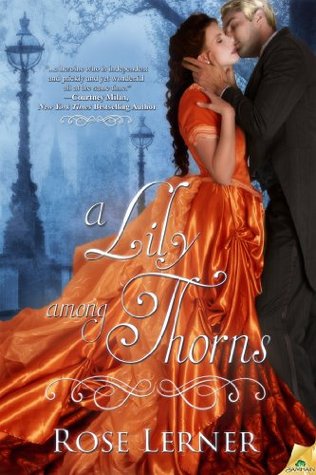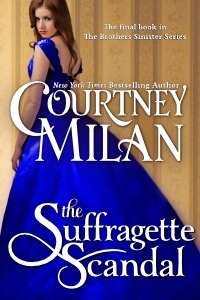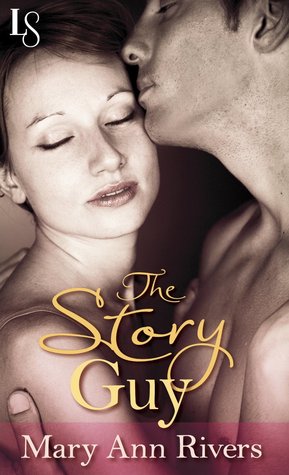2014 was a busy year. My eldest started Kindergarten, my youngest hit her stride of the terrible, terrible threes (the twos have got nuthin’ on the threes. Yeesh. I’m a little surprised we all survived it.), things at work were consistently nuts, and I did a lot of things at that place where I volunteer a lot of my time (vague much, Kelly?). Oh, and I read a shit ton of books. Some of them were sooooooooo good, some of them were not.
I’m super disorganized; I don’t take notes when I read; and my memory (like anyone’s, if we’re being honest) tends to warp after a certain period of time, favoring the books I’ve loved recently to the ones I loved last January. All that to say, I’m not going to bother doing a formalized list of my favorite reads of the year. (Has anyone else noticed that, in my return to blogging, my voice is a bit more curmudgeonly? Damn kids get off my lawn! I just want to write about books over here *grumble grumble grumble* Ahem. I’ll try to be less ornery.)
Oh! And — because it’s already a week into January and most people in the book blogging world are much more timely than I — I’ve read a bunch of 2014 summary posts. So, if I’m copying your style (you know who you are), it’s because I think you’re awesome. And it’s late at night. Also, you do these things so much better than I do. Honestly. I applied some seriously half-assed organization and then alphabetized the books by title (because?). Then I wrote 1600 words about the first thirteen books on the list and realized I needed to split this shit up. Stay tuned for two more of these monster posts about all the books.
Right. So here are my favorite historical romances read in 2014. Not all of these books were published last year, but they’re all worth reading (again and again).
Historical romance – my first love:
A Christmas Gone Perfectly Wrong by Cecilia Grant
A Lily Among Thorns by Rose Lerner
Almost a Scandal by Elizabeth Essex
Romancing the Duke by Tessa Dare
The Secret Heart / The Lover’s Knot by Erin Satie
Seduced by Molly O’Keefe
Strangers at the Altar by Marguerite Kaye
The Suffragette Scandal by Courtney Milan
Summer Chaparral by Genevieve Turner
Untamed by Anna Cowan
Y’all knew I love historical romance, right? I could happily do a top ten for 2014 from this list alone. A Christmas Gone Perfectly Wrong was one of my last reads of 2014 (and part of one of my best reading weeks ever, when I read 5 of the books on the above list). It’s a misadventure that starts with an ill-advised falcon purchase and ends with love, via a broken carriage, a loving community, and a dried apple pie. It is a celebration of compassion, family, community and love (and pie). A Lily Among Thorns is scrumptious, you guys. It’s got a former-courtesan-turned-innkeeper heroine (who’s also kind of a crime boss) matched with a grieving chemist. There is quite a lot of plot (in a good way), but my favorite scenes were the quieter moments between the characters. Honestly, though, it had me at Serena. She’s amazeballs.
I got a little bit manic after I finished Almost a Scandal. After her brother skips town to avoid joining the navy (the family business) the heroine assumes his identity and joins the navy in his place. (I need to put in some exclamation points here. !!!!!) The writing is rich in metaphor and a perfect complement to this story about identity, integrity and how little your genitals have to do with your ability to use trigonometry to chart a course. Kim and I wrote about Romancing the Duke earlier in the year, but — nearly twelve months later — it’s still one of my favorite books. It’s a perfect balance of wild humor and poignant emotion. (You know what, while I’m on the subject of Tessa Dare’s books, I should give a shout-out to Say Yes to the Marquess because cake. A whole room of cake. I happen to like the heroine of RtD a bit better, which tips the scales for me, but SYttM has 500% more cake. So.)
I read The Secret Heart and The Lover’s Knot during that epic reading week. The Secret Heart brings together a duke’s heir who’d rather be prizefighting and a money-challenged heroine who’d rather be dancing ballet (and avoiding her mostly horrible family). Together they solve a crime, have angry sex and fight the status quo with the power of ‘I don’t even give a fuck.” I loved it. The Lover’s Knot continues the series in a new locale with a memory-challenged ink merchant (former heiress) and the newly-minted duke to whom she was engaged for one whopping night, ten years prior. I’m going to review both books in the next week (ish), so I’ll leave it at that. Seduced is straight up beautiful, set in the post-bellum American West (Colorado, I think), with characters whose lives have been ravaged by the war. Miss Bates recommends this one, and I really can’t improve on her thoughts about it.
Strangers at the Altar is (I think) one of Kaye’s best books (and y’all might have noticed that I’m kind of a fan of hers). It’s a marriage of convenience story involving an advice columnist heroine matched with an engineer laird. My favorite moments are the parts where the heroine attempts to pen bedroom advice that won’t overset her readers, but — really — the whole thing was great. The Suffragette Scandal makes the best use of the exclamation point EVER, and it has my favorite of all of Milan’s characters (and that’s saying something, because Jonas from A Kiss for Midwinter set the bar until now). Free is, like all of Milan’s recent heroines, a force to be reckoned with but one who exists in a world that silences and obscures her (for her own safety, of course). The difference with Free is she asserts that it is the system that is wrong, not her, and that she can (and will) change it, woman by woman, and man by man. And Edward is… well, just read it, and you’ll see.
Summer Chaparral is at once a sweeping epic of time and place and a deeply personal tale of family loyalties and individual needs. It is loosely based on Romeo and Juliet (but without the downer ending and meddling Friar), set in the San Jacinto mountains of southern California at the end of the nineteenth century, and it grapples with systemic racism, urbanization, and reconciliation in subtly beautiful prose. Untamed was the recipient of a lot of buzz (some positive, some negative) in 2013, and I honestly have no idea why I didn’t get around to reading it until the last week of December (in that epic reading week). I happened to love it, even though it does some taboo things. You can’t talk about the book without mentioning that the hero spends more than half of the book dressed as a woman, but I — true to my nature — thought the heroine was the more remarkable and interesting character. Love it or hate it (and, yeah, I’m late to the party), every reader of historical romance should check this one out just to see where they fall on the continuum. (And it has adorable pet pig antics. Just saying.)
Assuming you got through all that, you now know why I decided to split this recap into three posts. Stay tuned over the next couple of days for my thoughts on all my favorite contemporary romances (including a few quirky ones that I think might appeal to folk who find sex scenes uncomfortable to read). Finally, I’ll do a separate post talking about my favorite erotic romances, works of erotica, and “other” books (one nonfiction, one…. poetry anthology/humor??).









































